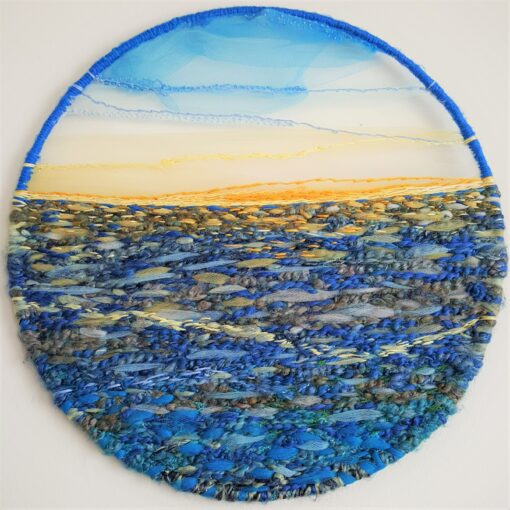
Activate the Healing Power of Art through creative self-expression. Individual, group, couples, and families can benefit from Art Therapy and Counseling to help support you in the challenges from past, in the present, and goals for the future.
Utilizing media and materials, expressive therapies, and verbal therapy for emotional and psychological wellbeing.
Interested? Contact: Dr. Susan Ridley at susan@arts-health.com
